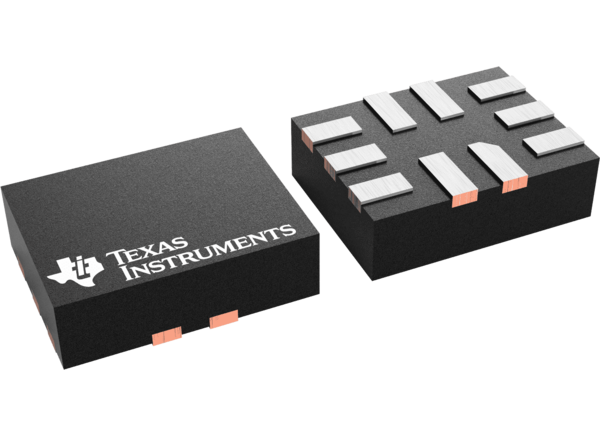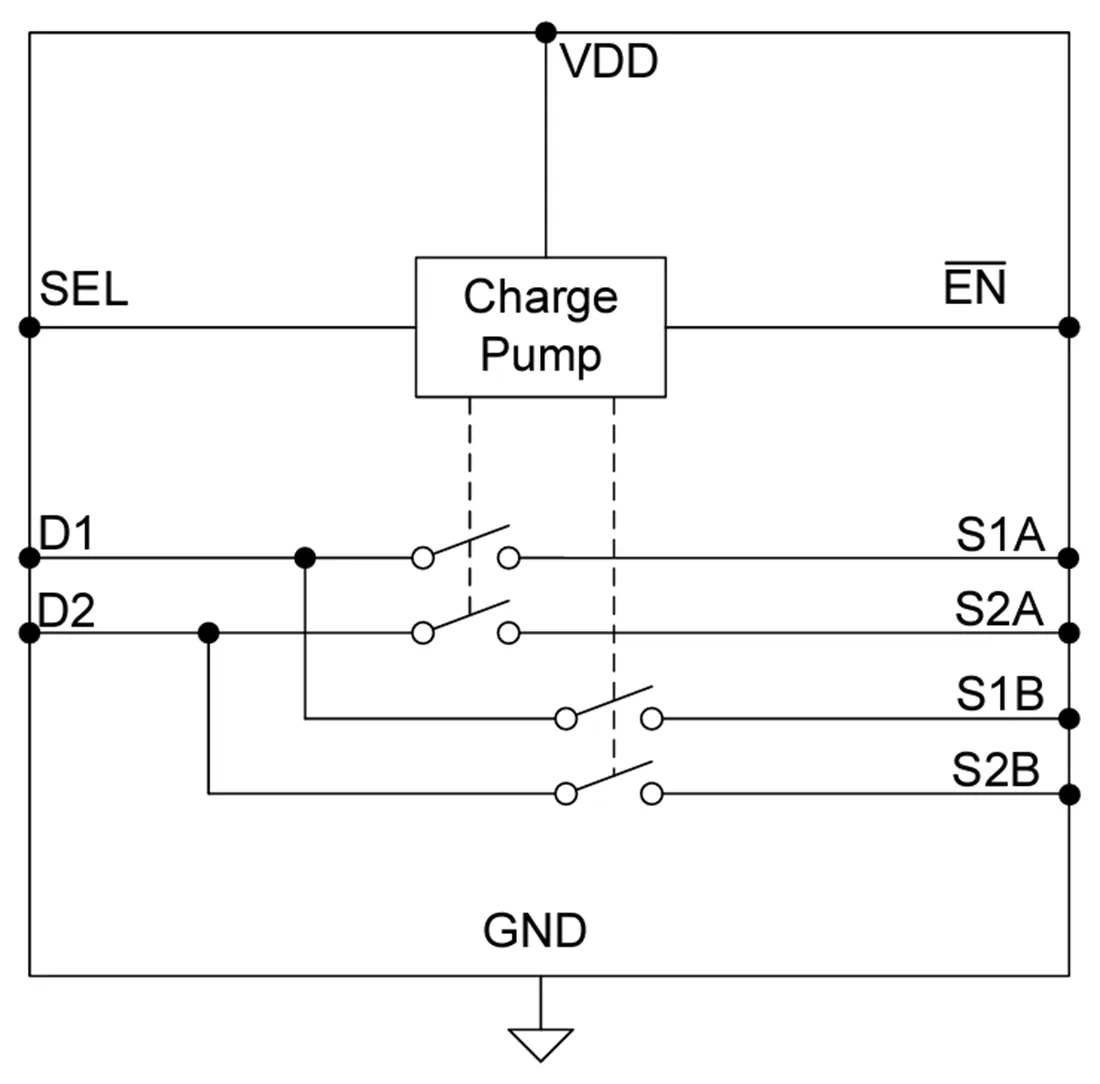Introduction, characteristics, and applications of Texas Instruments TMUX121 2-channel 2:1 analog switch
2/29/2024 9:10:00 AM
Summary: Bidirectional 2-channel, 2:1 (SPDT) switch that supports differential and single-ended signals.

The Texas Instruments TMUX121 2-channel 2:1 analog switch is a high-performance bidirectional 2-channel 2:1 (SPDT) switch that supports differential and single-ended signals. The TMUX121 is an analog passive switch with power-down protection that forces all I/O pins into high-impedance mode when power is not on the VDD pin. The TMUX121's select and enable pins are compatible with 1.8V and 3.3V control voltages, allowing them to interface directly with the general-purpose I/O (GPIO) of low-voltage processors. This feature, along with the device's low on-resistance and low on-capacitance, makes the TMUX121 an excellent choice for supporting switching of a variety of digital and analog signal communication protocol standards, including high-speed standards such as I(3)C. The Texas Instruments TMUX121 comes in a small 10-pin UQFN package measuring only 1.8mm × 1.4mm, making it useful when PCB area is limited.
characteristic
-
Compatible with high-speed I(3)C signals
-
High performance switching characteristics
-
3.0GHz bandwidth (-3dB)
-
3 ohms R(ON)(typ)
-
1.7pF C(ON)(typ)
-
60ps T(PD)(Typical)
-
2ps T(Typical)
-
Low current consumption of 12µA (typ)
-
special function
-
I(POFF) protection function to prevent leakage during power-off state
-
1.8V and 3.3V compatible control inputs (SEL, EN)
-
3.3V power supply voltage
-
-40 to 125°C industrial temperature range
-
Compact 10-pin 1.4mm × 1.8mm, UQFN package
app
-
I(3)C (SenseWire)
-
I(3)C and I(2)C peripheral switching
-
server
-
Cell phone: Smartphone
-
laptop
-
Tablet:Multimedia
-
electronic point of sale
-
field instruments
-
portable monitor
Functional block diagram

-
Phone
+852 62639182 -
Whatsapp

